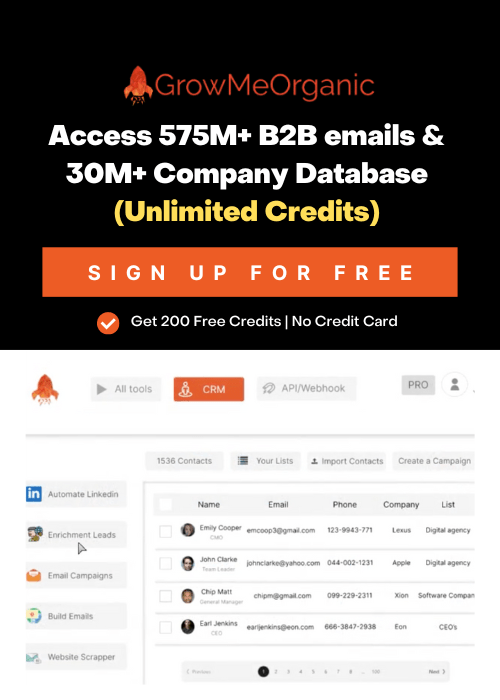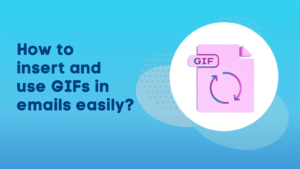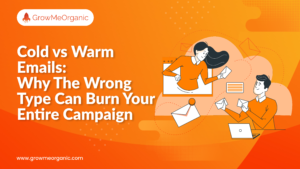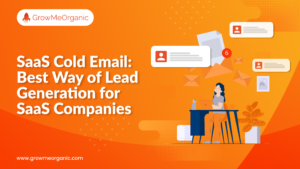Let’s talk about something that’s reshaping how businesses grow:
Using AI for customer acquisition. If you run a business, work in marketing, or are just curious about how companies are getting smarter at winning new customers, this is for you.
The way companies find, attract, and convert customers is no longer based solely on instinct, advertising, or luck.
AI is giving teams the power to work faster, make better decisions, and get better results, all with less guesswork.
Why AI for Customer Acquisition is a Big Deal
Traditional customer acquisition strategies rely on a mix of manual processes, sales reps cold-calling leads, marketers guessing what content might work, or teams relying on old-school segmentation.
AI flips this approach by taking massive amounts of data and turning it into insights you can act on immediately.
Imagine knowing which lead is most likely to convert without wasting time. Or sending out the perfect message at the exact time a customer is most receptive. That’s what AI brings to the table.
According to McKinsey, companies that use AI in sales and marketing see up to a 50% increase in lead generation and conversion. That’s not a minor bump, it’s a major leap.
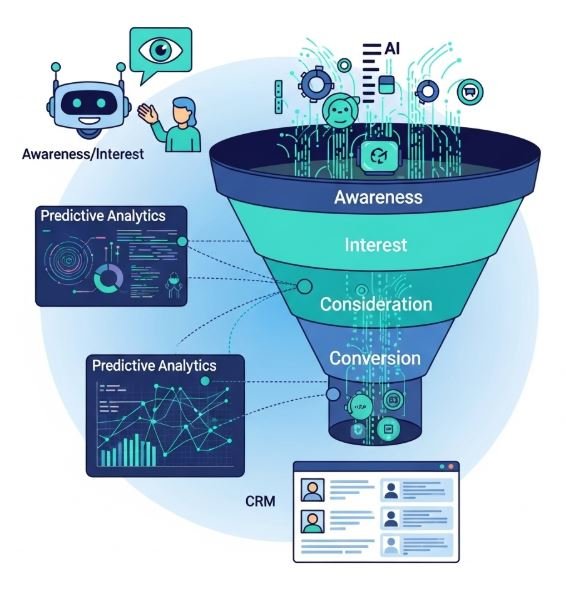
AI Tools That Power Smarter Acquisition
✅Predictive Lead Scoring
AI can study your past leads, see who converted, and figure out what patterns they had in common. Then it ranks your new leads based on how likely they are to become paying customers. Tools like Salesforce Einstein or HubSpot’s predictive analytics do this well.
✅Behavioral Segmentation
Instead of just grouping leads by age or location, AI watches what people actually do, what they click, how long they browse, where they drop off, and groups them accordingly. That means more relevant targeting.
✅Personalized Content and Product Recommendations
Ever notice how Netflix or Amazon always seems to know what you might like next? That’s AI at work. Businesses can use the same tech to suggest content, products, or services that are more likely to convert casual visitors into customers.
✅Conversational AI & Chatbots
AI-powered chatbots can answer questions, offer help, qualify leads, and even close deals 24/7. They’re not just cost-saving tools. They actually drive sales by guiding people through the funnel.
✅Email & Ad Automation
AI doesn’t just send mass emails or ads. It figures out when to send them, who to send them to, what subject lines work best, and how to personalize them. Companies using AI for email marketing have seen up to 760% increases in revenue from segmented campaigns.
AI Customer Analytics: The Engine Behind Smart Acquisition
If acquisition is the vehicle, then customer analytics is the engine. AI customer analytics solutions collect and analyze everything, including web clicks, social engagement, purchase behavior, and even tone in customer support chats.
🎯Key Applications:
🔸Customer Journey Mapping: Track and understand every step a customer takes.
🔸Churn Prediction: Know who is about to drop off so you can re-engage them.
🔸Sentiment Analysis: Use AI to detect how customers feel based on reviews, messages, or posts.
🔸Attribution Modeling: Know exactly what brought in each customer (email, ad, search, etc.).
🔸Customer Lifetime Value (CLV) Prediction: Focus efforts on customers who will generate the most value.
Platforms like Google Analytics with AI integrations, Zoho Analytics, and Adobe Experience Cloud are making this more accessible even for smaller teams.
For further insight into how AI impacts modern marketing and acquisition, Statista offers useful data on global AI marketing use cases
The Unique Shift: From Static Funnels to Adaptive Journeys
Here’s something most people overlook:
AI doesn’t just help you follow a plan better; it helps you change the plan on the fly.
Traditional sales funnels are rigid. First comes awareness, then interest, then consideration, and so on. But customers aren’t robots.
They bounce around, come in through random touchpoints, and change their minds. AI lets businesses adapt in real time.
For example, let’s say a customer clicks an ad but doesn’t convert. The AI can automatically adjust its ad experience, trigger a chatbot with a time-limited offer, or follow up via email with a testimonial video. All within minutes. No human needs to push a button.
That’s the power of adaptive customer acquisition.
This is where AI becomes more than a tool. It acts like a partner, constantly learning and reacting based on new behaviors, new data, and changing environments. This kind of agility is what sets leading businesses apart.
Real-World Examples
📌Amazon: Around 35% of sales come from its AI-powered recommendation engine.
📌Sephora: Uses AI for personalized messaging and has seen increases in engagement and conversions.
📌Meituan (China): Real-time coupon distribution AI helped generate millions in added revenue.
📌Stitch Fix: AI-powered styling suggestions and customer preference models have lowered churn and boosted retention.
Emerging Trends: Agentic AI and Autonomous Marketing
We’re starting to see the rise of agentic AI systems that don’t just react but act proactively. Think of AI tools that notice a customer behavior shift and launch an entire micro-campaign by themselves.
Adobe, for instance, is working on tools that create content, personalize it, distribute it, and optimize it with minimal human input. It’s not about replacing marketers, but making them ten times more effective.
What No One Talks About: AI as a Silent Brand Strategist
One angle that often goes unnoticed is how AI quietly shapes your brand voice. As AI tools personalize experiences, they also start creating a subtle consistency in tone, timing, and messaging.
This is not just about the automation, but the foundation of your brand’s digital personality.
Over time, an AI system learns which phrases resonate, which emotions drive clicks, and what types of visuals convert best.
Without even realizing it, you’re developing a brand identity that is smarter, faster, and more tuned to what your audience wants than any traditional copywriter or brand strategist could achieve on their own.
This silent shaping of brand identity makes AI more than a tactical tool; it becomes a strategic partner.
As AI learns, your brand evolves with it, not just to meet expectations but to exceed them in ways that feel both intuitive and seamless.
Challenges to Keep in Mind
AI isn’t a magic fix. There are still concerns and roadblocks:
❌Data Privacy: Customers expect transparency about how their data is used.
❌Bias: If your data is flawed, your AI will be too.
❌Over-Reliance: You still need human oversight and strategy.
So yes, AI can supercharge acquisition, but it works best when humans and machines work together.
How to Get Started
If you want to begin using AI for acquisition:
👉Audit your data: Is it clean, structured, and useful?
👉Start small: Use an AI chatbot or try AI-generated content for email.
👉Measure and learn: Track what is working. Let the data guide you.
👉Build iteratively: Add tools as you go. Don’t try to overhaul everything at once.
👉Stay human: Make sure your brand voice, ethics, and customer care still shine through.
Final Thoughts
AI for customer acquisition isn’t a future trend. It’s already here, quietly powering the brands you interact with daily. The businesses that learn to use it well aren’t just working smarter, they’re pulling ahead fast.
So, whether you’re a founder, a marketer, or a team leader, now is the time to get curious. Test a tool. Follow the data.
And start thinking of AI not just as software, but as a strategic partner that helps you win more customers, faster, cheaper, and more intelligently than ever before.
About Post Author
Anant Gupta
Growth Hacker, Marketing Automation Enthusiast & Founder of GrowMeOrganic

